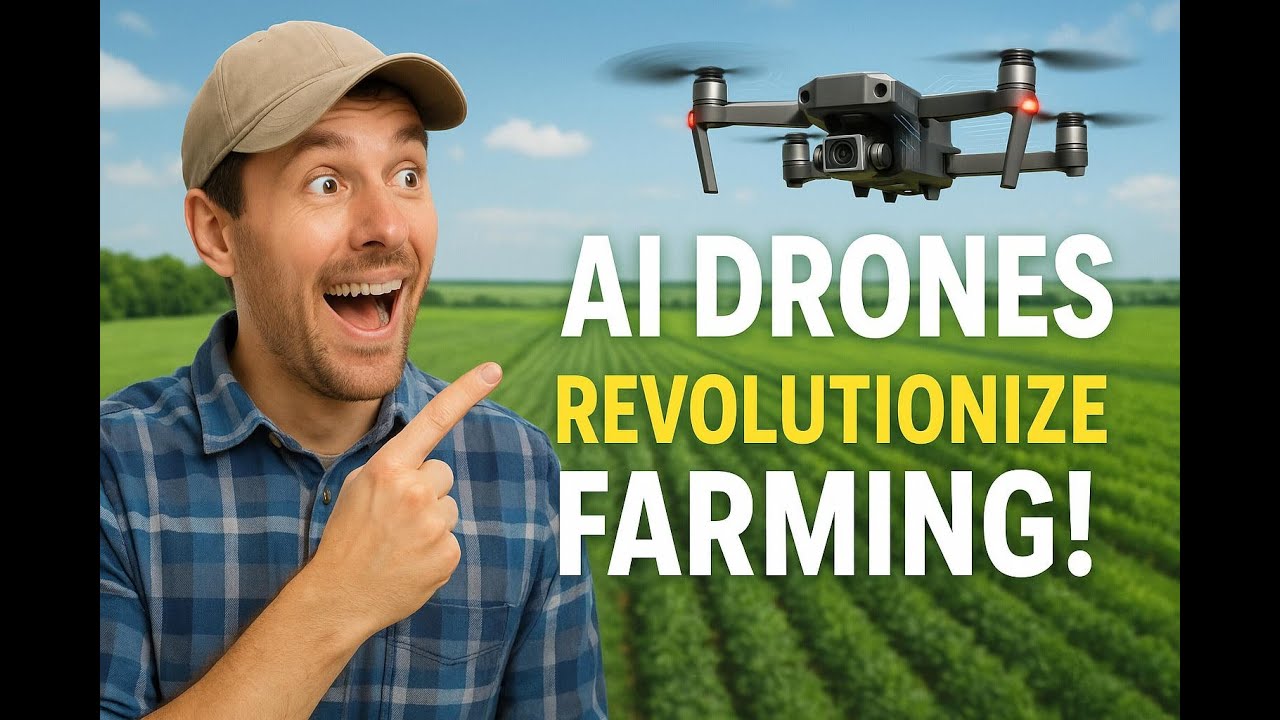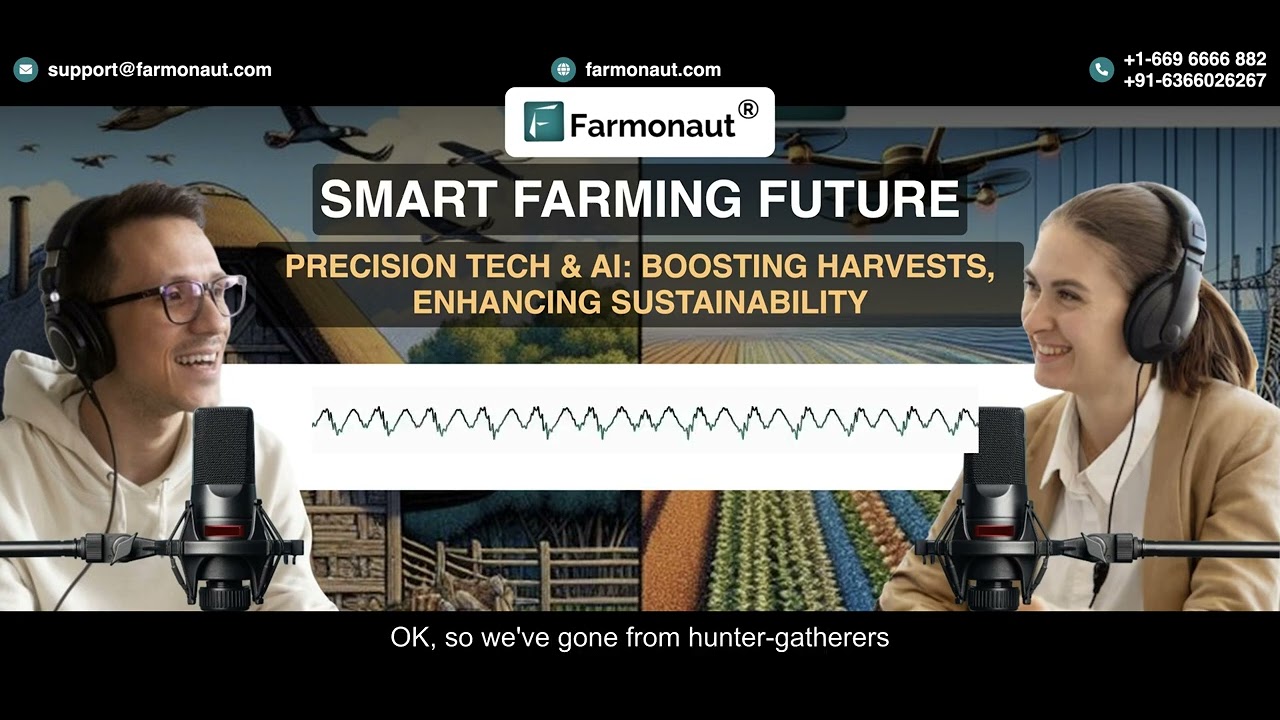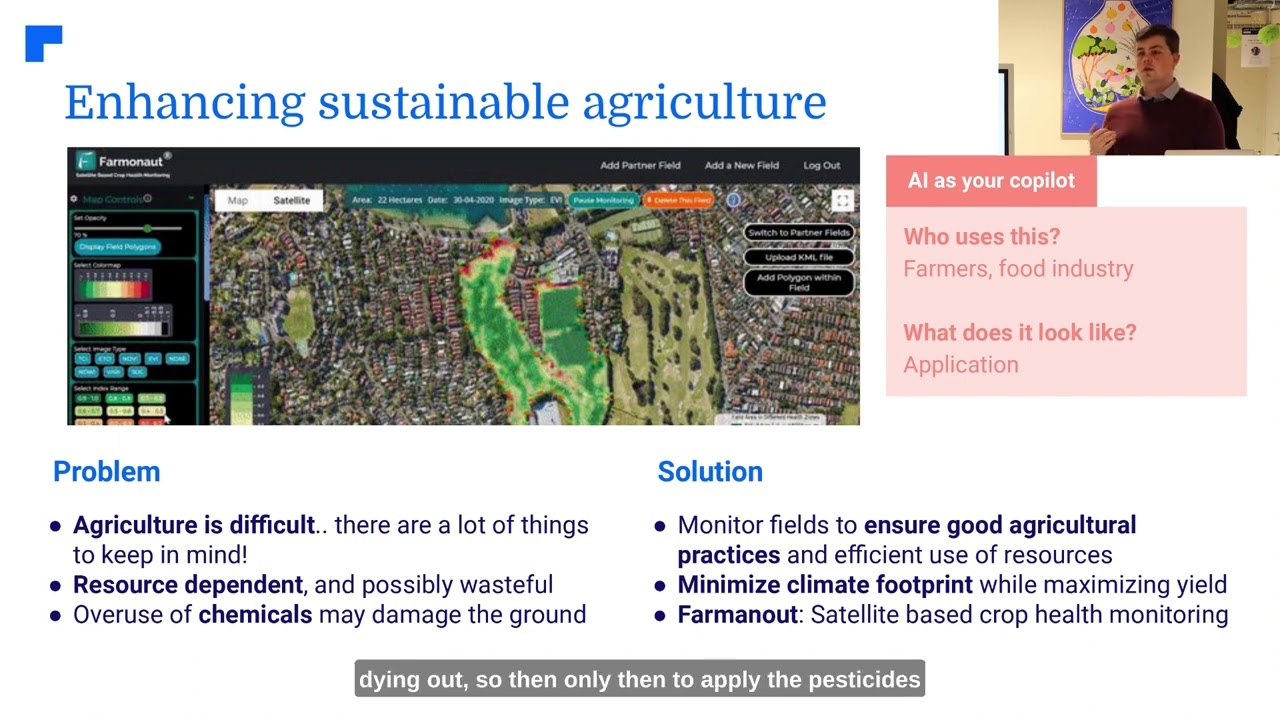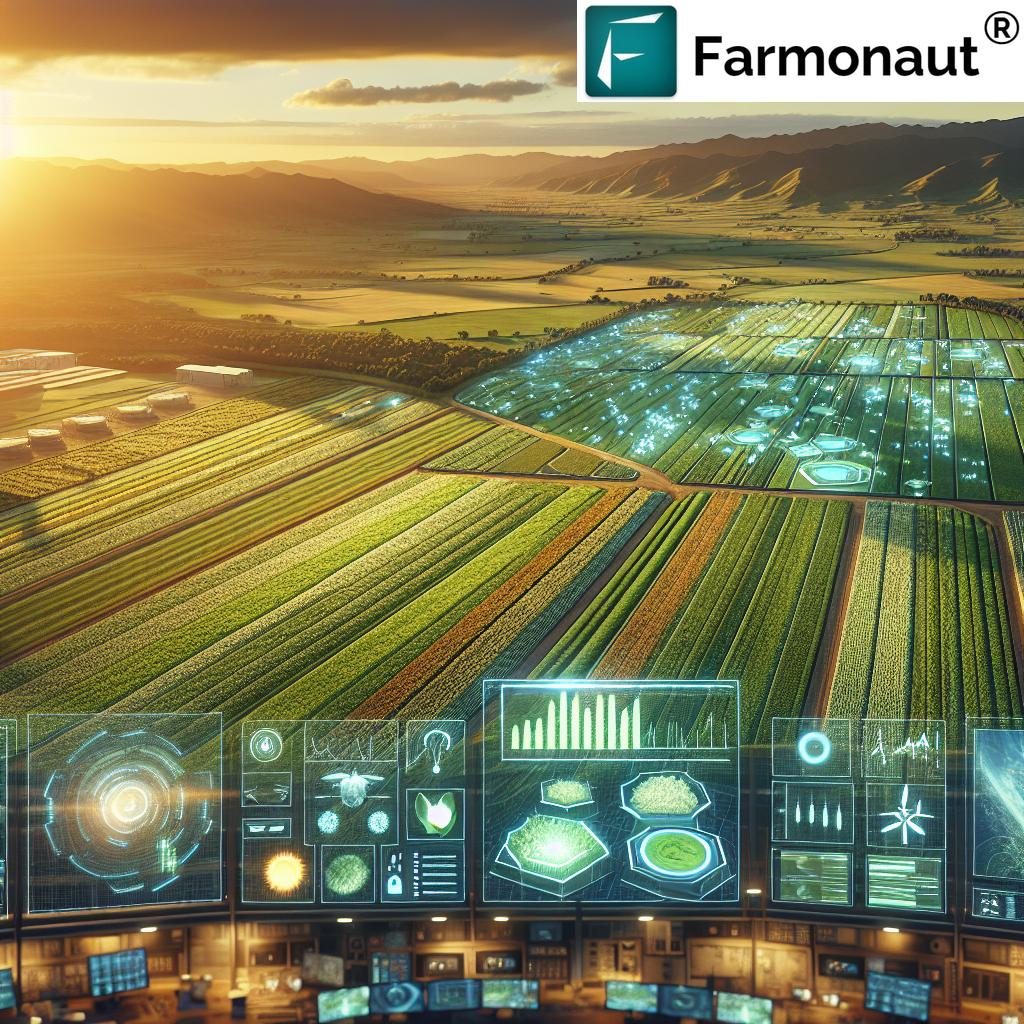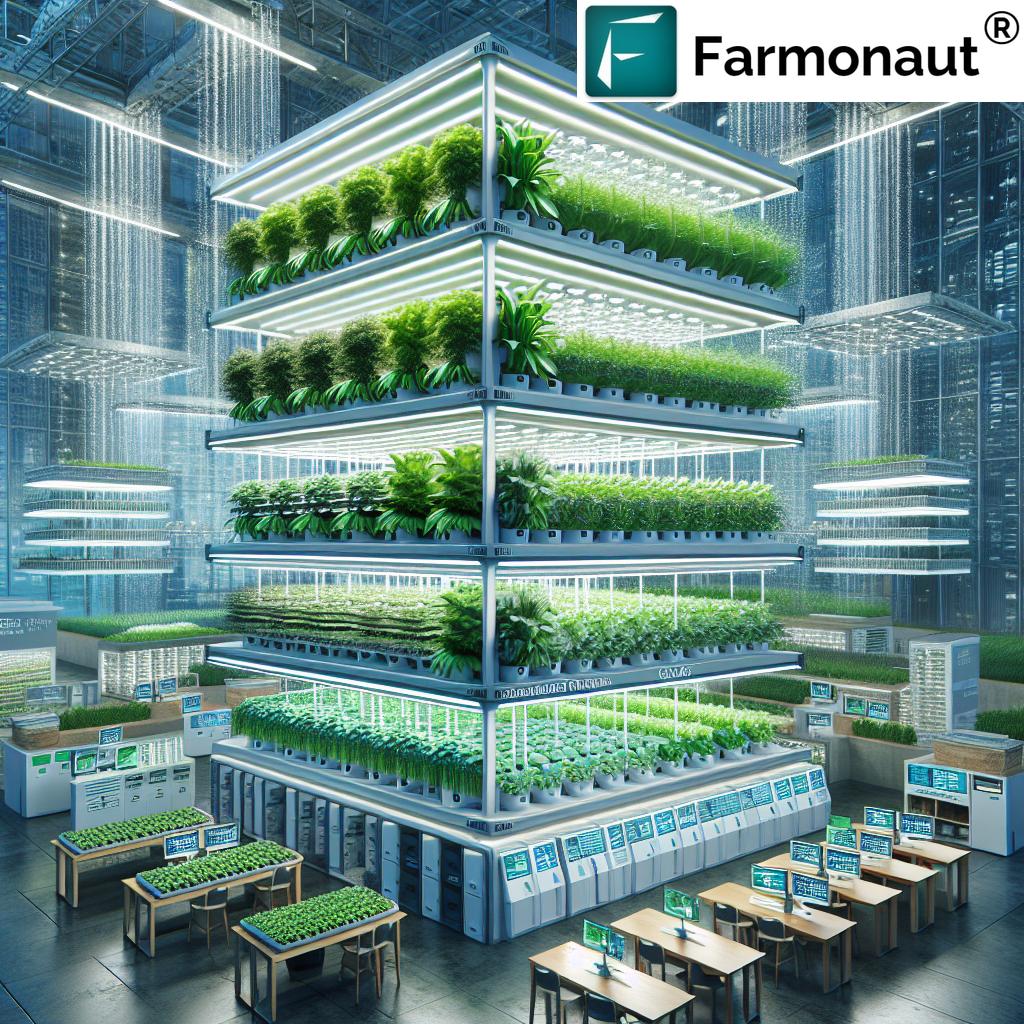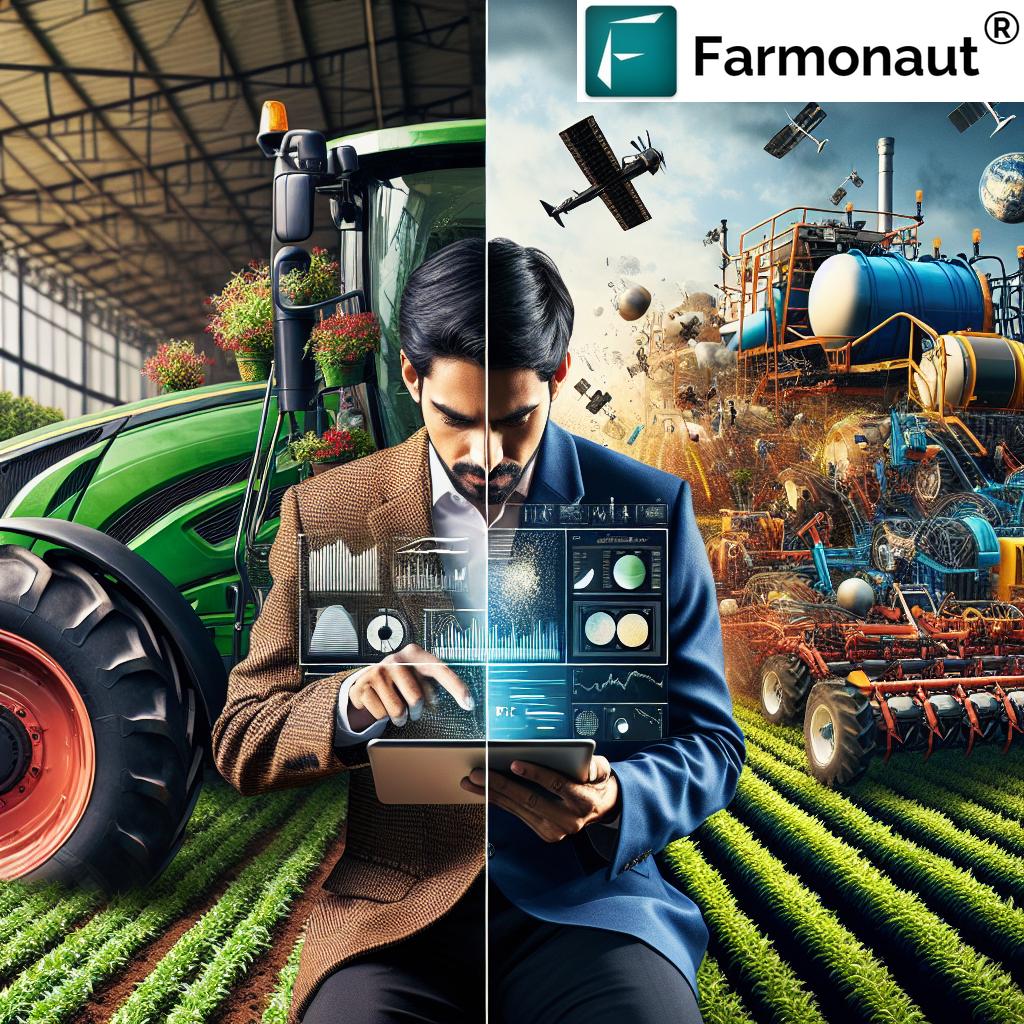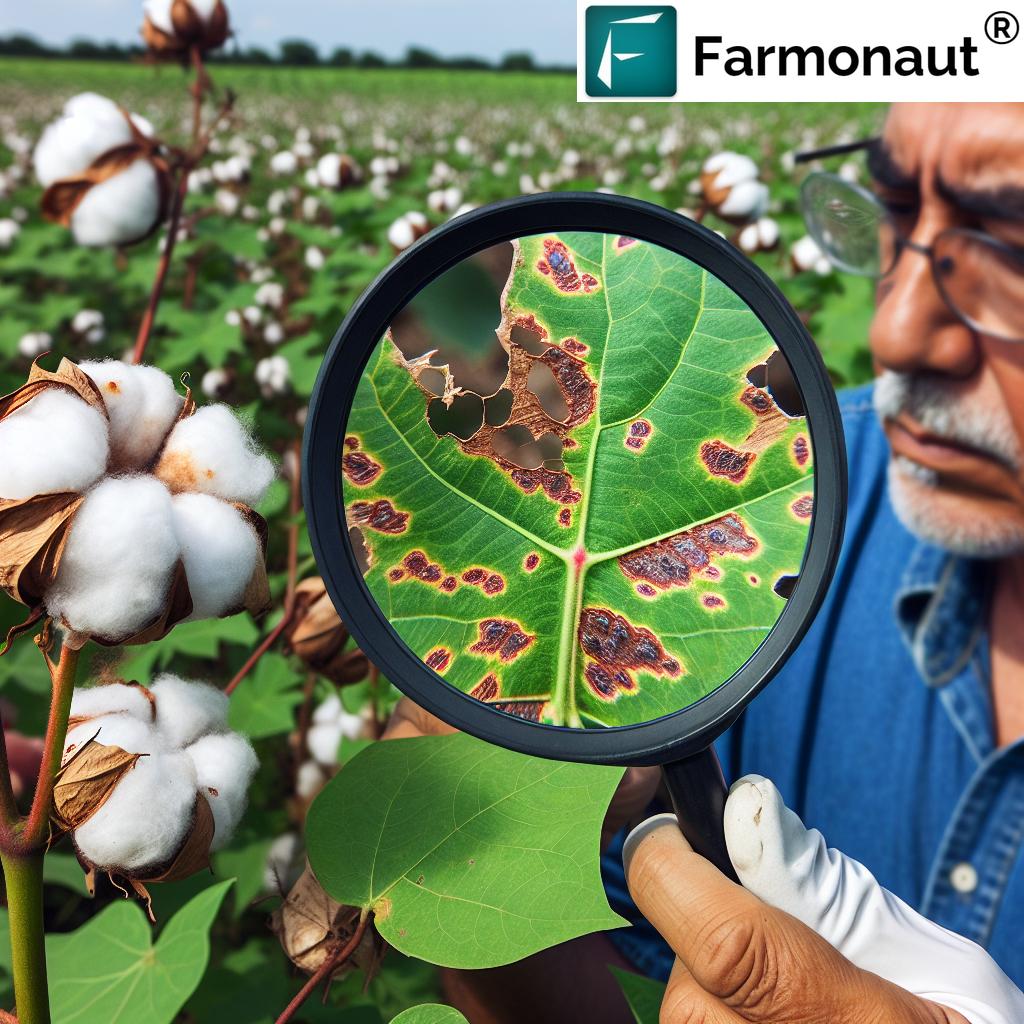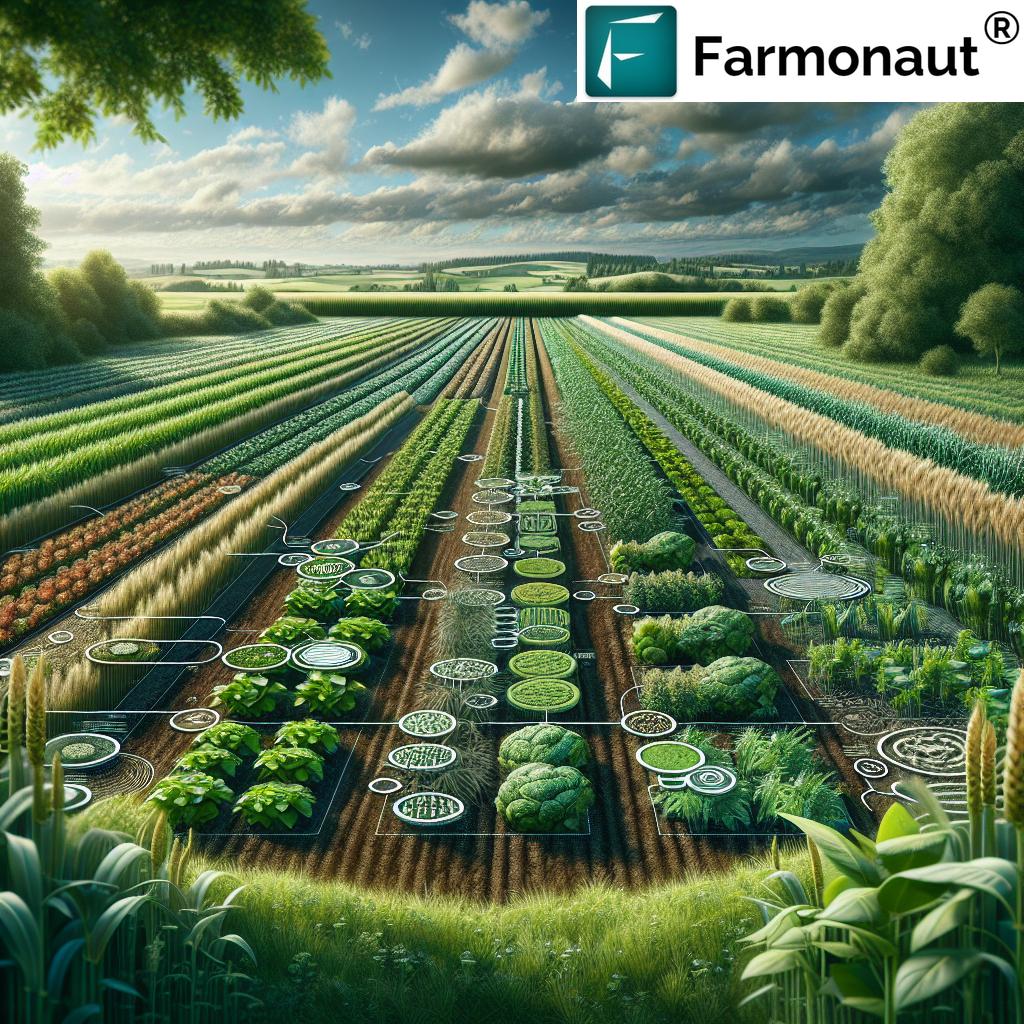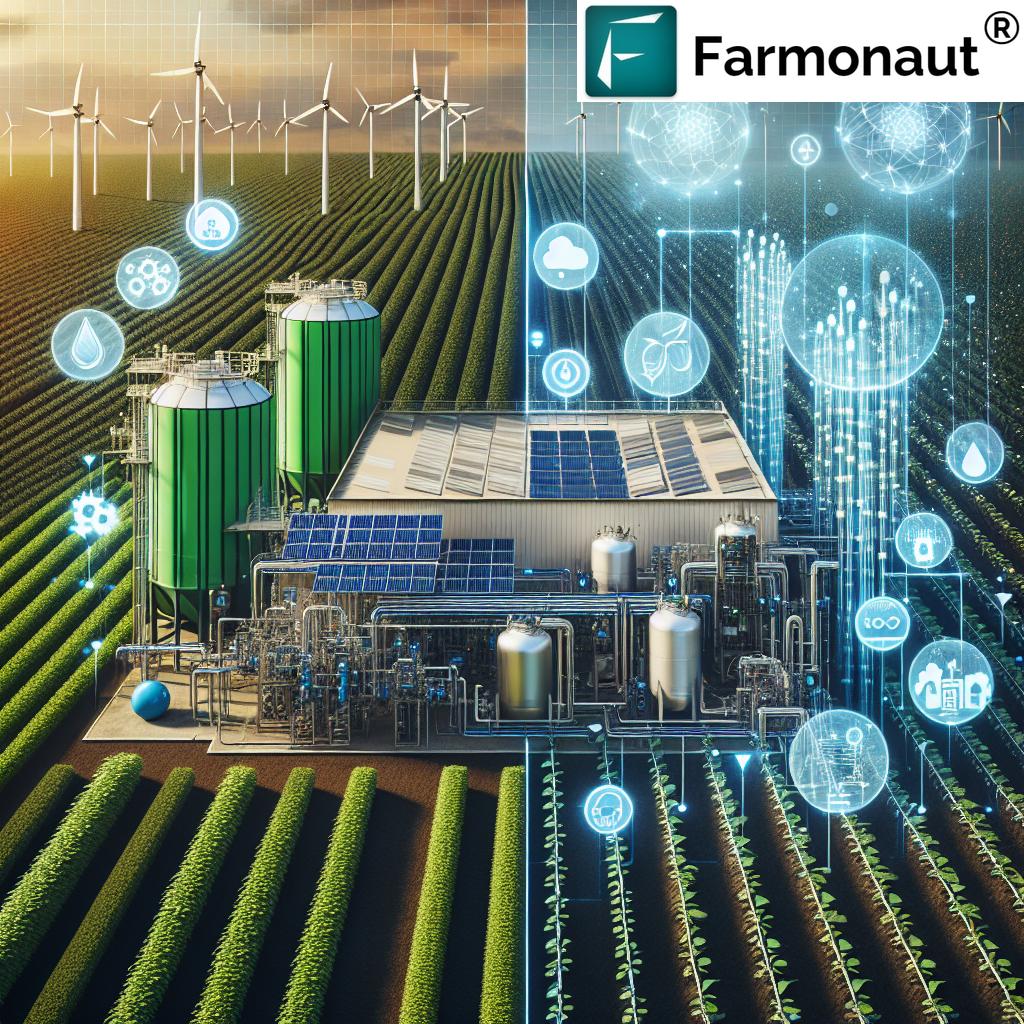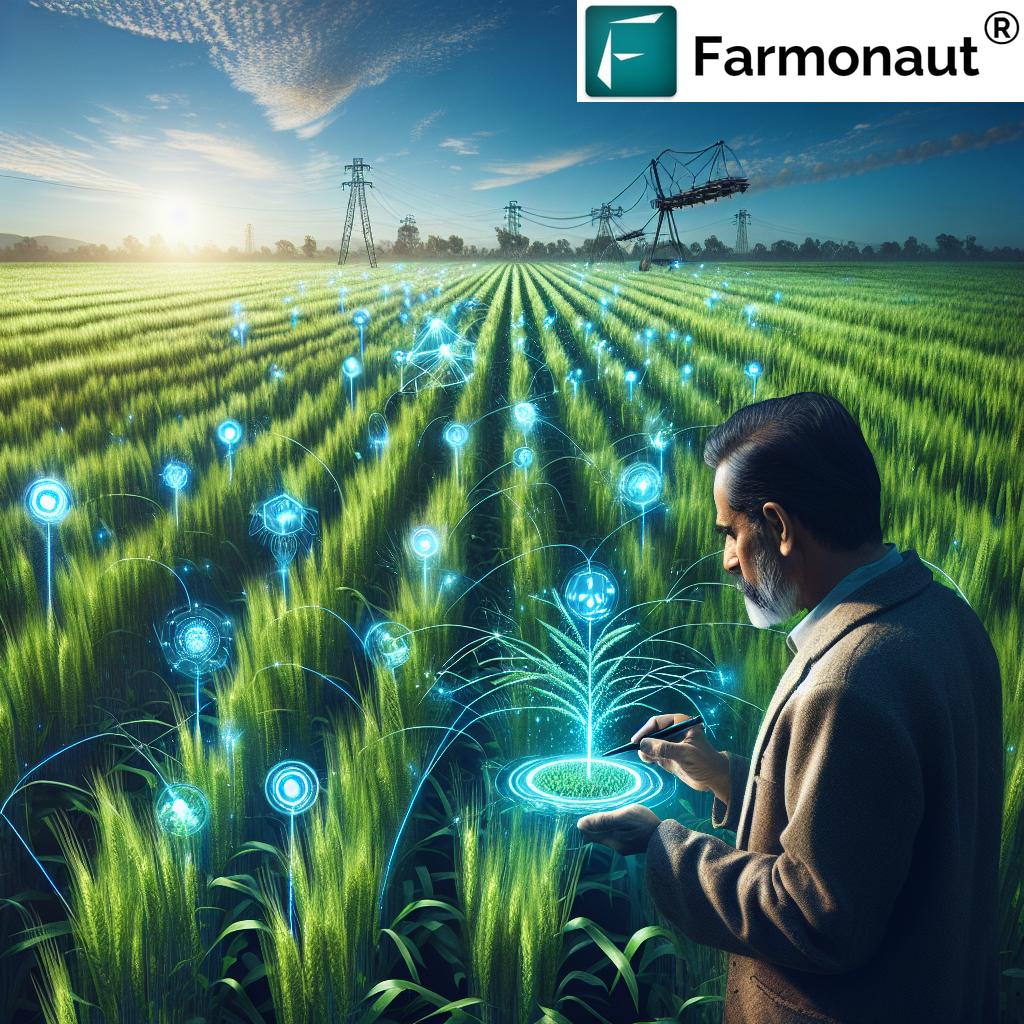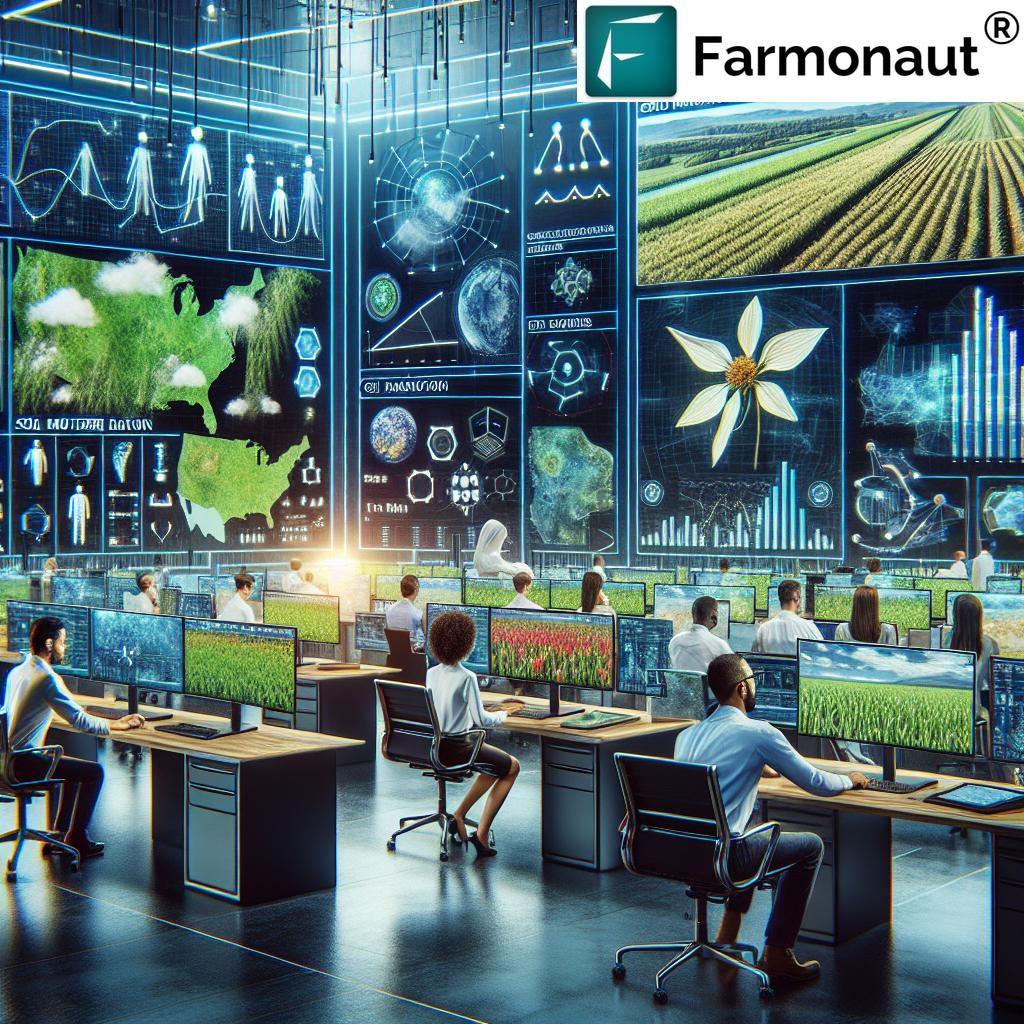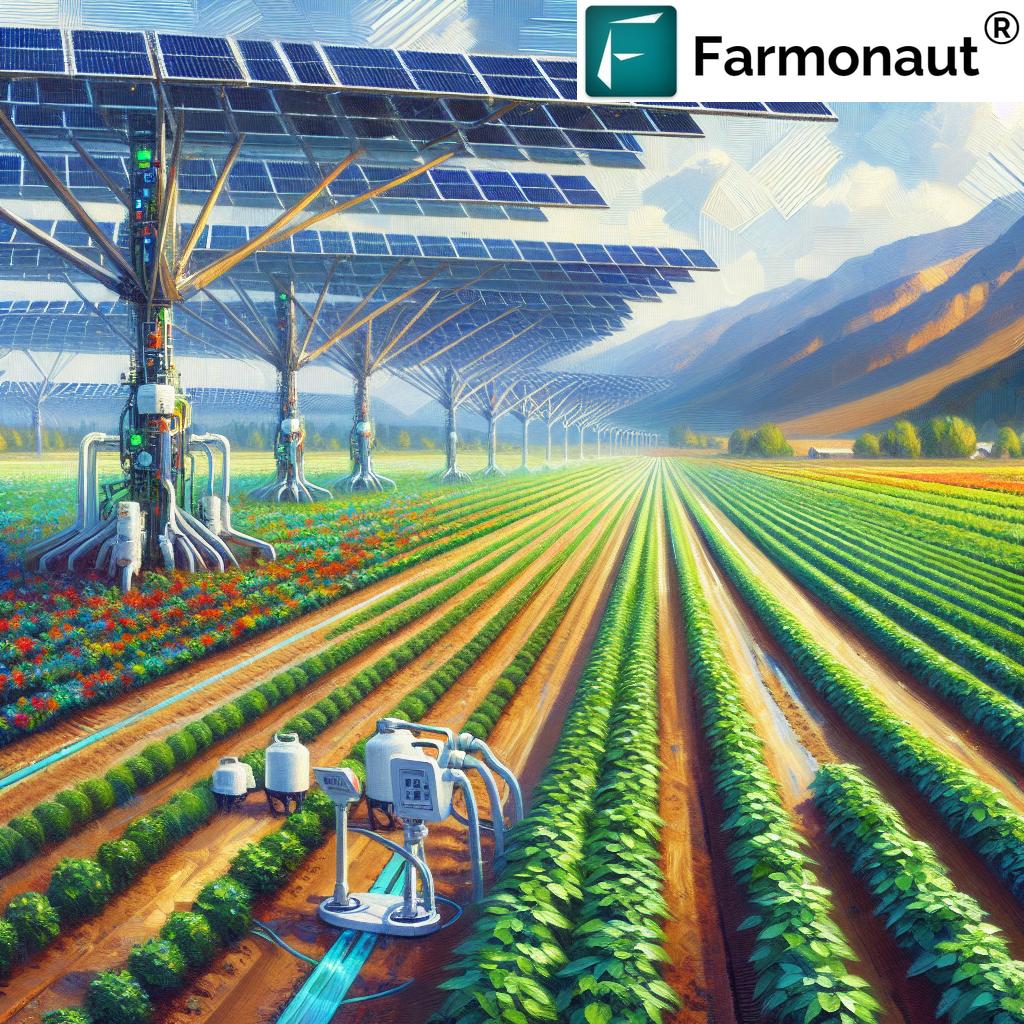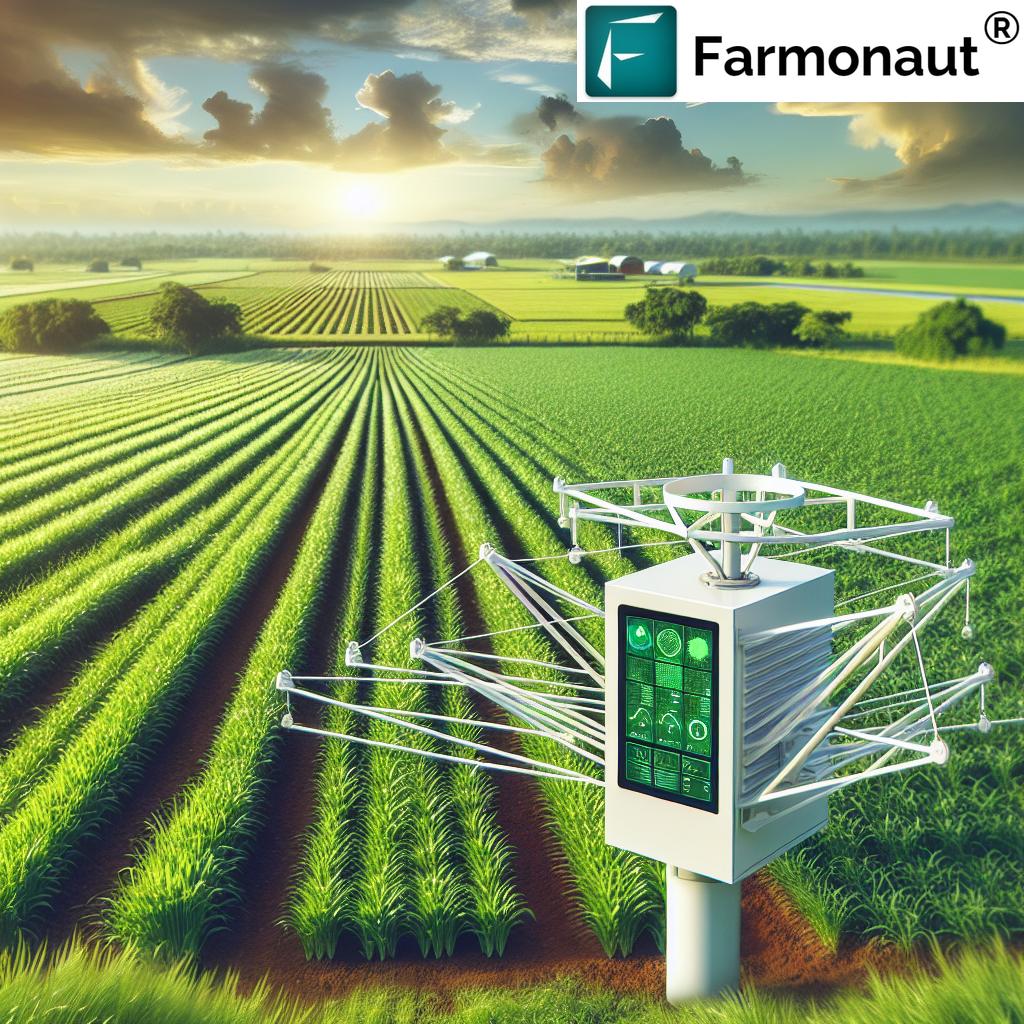Agriculture and Artificial Intelligence: 2025 AI Farming Trends
“By 2025, over 60% of large farms worldwide are projected to adopt AI-powered crop management systems.”
Table of Contents
- Summary: Agriculture and Artificial Intelligence—Transforming Farming and Forestry in 2025
- The Convergence of Agriculture and Artificial Intelligence in 2025
- AI Applications in Agriculture: Solving Global Challenges
- Key AI Farming Trends in 2025: Applications, Benefits, and Impact
- Precision Farming Artificial Intelligence: Optimizing Crop Production
- AI Robotics, Drones, and Autonomous Machines in Modern Agriculture
- Soil Health, Moisture, and Resource Management with AI
- AI for Pest, Disease Detection, and Crop Protection
- AI Integration in Forestry: Monitoring, Conservation, and Sustainability
- Farmonaut: Making Precision Agriculture Accessible and Affordable Globally
- AI and Data-Driven Decision Making in Agriculture
- 2025 and Beyond: Future Outlook for AI Farming
- Challenges and Ethical Considerations
- Frequently Asked Questions on AI in Agriculture
Summary: Agriculture and Artificial Intelligence—Transforming Farming and Forestry in 2025
In 2025, the convergence of agriculture and artificial intelligence is driving an unprecedented transformation across farming, forestry, and crop management. With population growth, climate variability, and the need for sustainability shaping every facet of the agricultural sector, artificial intelligence for agriculture emerges as a critical tool for meeting future food demands while minimizing environmental impact.
From AI-driven sensors optimizing soil and crop management, to satellite-based advisory systems, the fusion of digital and biological intelligence is revolutionizing how we farm, protect our forests, and steward natural resources. In this comprehensive guide, we’ll explore the leading trends, technologies, and real-world applications of farming artificial intelligence for 2025—with a special focus on Farmonaut’s mission to democratize precision agriculture.
The Convergence of Agriculture and Artificial Intelligence in 2025
The global agricultural industry is facing intensifying challenges: feeding nearly 9 billion people, coping with climate change, resource constraints, and responding to new threats from pests and diseases. Yet, thanks to the rapid progress of artificial intelligence (AI), the sector is on the edge of a data-driven revolution that’s reshaping traditional practices into dynamic, sustainable, and highly productive systems.
In 2025, the integration of artificial intelligence on agriculture is visible everywhere—from high-tech large-scale farms to smallholder plots. AI brings together machine learning, satellite imagery, IoT sensors, and robotics, enabling farmers to make data-driven decisions that maximize efficiency while safeguarding our global ecosystem.
AI Applications in Agriculture: Solving Global Challenges
The broad spectrum of artificial intelligence for agriculture encompasses dozens of tools and techniques designed to improve productivity, maximize resource efficiency, and bolster food security—while reducing harmful environmental impact. Let’s break down the most impactful applications:
- Precision Farming: AI guides the exact application of fertilizers, pesticides, and water using real-time data from sensors, drones, and satellites.
- Automated Crop Health Monitoring: Computer vision algorithms analyze in-field images and satellite data for early disease or nutrient issue detection.
- Predictive Analytics: AI forecasts yields, market trends, and optimal planting dates by analyzing massive datasets.
- Autonomous Machinery: Robots and drones handle planting, weeding, and harvesting, reducing labor requirements and boosting efficiency.
- Intelligent Resource Management: AI-powered platforms optimize irrigation, fuel use, and fleet deployment for maximum sustainability.
- Traceability and Blockchain: Blockchain paired with AI tracks products from farm to plate, ensuring food safety and authenticity.
Key AI Farming Trends in 2025: Applications, Benefits, and Impact
| Trend/Technology | Area of Application | Estimated Adoption Rate by 2025 (%) | Key Benefits | Example Use Cases | Potential Impact on Sustainability |
|---|---|---|---|---|---|
| AI-driven Crop Monitoring | Crop Health, Yield Estimation | 65% | Early issue detection, higher yields | NDVI satellite monitoring, drone image analysis | Reduces input waste, lowers emissions |
| Precision Irrigation with AI | Water Management, Soil Health | 58% | Water savings, improved yields | IoT soil sensors, weather-driven irrigation scheduling | Conserves water, prevents soil salinization |
| Autonomous Machinery & Robotics | Planting, Harvesting, Weeding | 44% | Labor savings, 24/7 operations, higher precision | Autonomous tractors, robotic harvesters, weeding drones | Reduces chemical use, lowers carbon footprint |
| Predictive Analytics for Yield Forecasting | Field-Level Planning, Market Decisions | 59% | Informed planning, risk reduction | AI-based yield calculators, price trend predictions | Optimizes input use, reduces food loss |
| AI-enabled Forestry Management | Forest Health, Conservation | 41% | Monitoring, fire and pest alerts | Satellite-based forest mapping, biodiversity optimization | Enhances reforestation, preserves carbon sinks |
Precision Farming Artificial Intelligence: Optimizing Crop Production
Precision agriculture employs a combination of AI, sensors, and satellite data to tailor management practices to the exact needs of each plot or even plant. In 2025, the technology is redefining what it means to ‘work the land’:
- AI-powered sensors measure soil moisture, nutrient levels, and emerging plant stress 24/7.
- Drones and satellite imagery map large areas efficiently, detecting patterns invisible to the human eye—including early-stage crop diseases or nutrient deficiencies.
- Machine learning algorithms analyze massive datasets—combining weather, crop, soil, and topographical data—to provide actionable insights.
- Farmers can then apply fertilizers and water in precise amounts and just the right locations, lowering production costs and environmental impact.
- The result is higher yields, lower input wastage, and more resilient production systems that respond dynamically to changing weather and market conditions.
Farmonaut’s Crop Plantation & Forest Advisory Platform makes precision agriculture accessible by delivering real-time satellite data and AI-based recommendations via mobile and web apps globally.
Our tools allow users to monitor crop health, soil conditions, and environmental metrics from anywhere—empowering smarter, more efficient management.
AI Robotics, Drones, and Autonomous Machines in Modern Agriculture
AI-powered robotics and autonomous systems represent perhaps the most visually transformational change in 2025 agriculture. Automated tractors, drones, and harvesters are increasingly running around the clock, performing repetitive and laborious tasks with superior accuracy and speed.
- Robots plant, weed, harvest, and monitor fields at all hours—vital as the world faces escalating labor shortages.
- Equipped with advanced computer vision, these machines detect crop diseases, pest infestations, and nutrient deficiencies early—minimizing crop losses.
- Pilotless drones apply fertilizers or biological pest controls only where needed, reducing chemical overuse and environmental impact.
- Autonomous harvesters pick fruit and vegetables with minimal damage and optimal timing based on AI-analyzed ripeness data.
- Fleet management platforms—such as Farmonaut’s Fleet Management Solution—let agribusinesses monitor, optimize, and reduce the operational costs of their agricultural machinery and vehicles.
Farming artificial intelligence in robotics means higher productivity and less resource wastage—unlocking massive sustainability benefits.
Soil Health, Moisture, and Resource Management with AI
Monitoring and managing soil health and moisture is essential for long-term agricultural sustainability. AI-driven analytics enable farmers to:
- Track real-time soil moisture levels using satellite and IoT sensors to optimize irrigation and water use.
- Detect nutrient deficiencies, pH anomalies, and emerging compaction issues before they reduce yields.
- Adjust fertilizer and watering schedules based on data-driven insights, saving water, lowering input costs, and minimizing runoff that can harm surrounding ecosystems.
- Link resource use with carbon footprint metrics for regulatory reporting and sustainability goals. Farmonaut’s Carbon Footprinting Tool is an innovative solution for real-time carbon emission monitoring and reduction planning.
The result? More resilient soils, reduced environmental impact, and agricultural systems that thrive under changing climate conditions.
“AI-driven precision agriculture is expected to increase global crop yields by up to 20% by 2025.”
AI for Pest, Disease Detection, and Crop Protection
As pests and diseases evolve and spread with climate change, artificial intelligence ai in agriculture tools become indispensable:
- AI-powered detection: Computer vision in drones/robots and satellite image analysis highlight subtle signs of infection, water stress, or pest outbreaks much earlier than is possible by eye.
- Targeted intervention: Intelligent algorithms supply recommendations for controlling infestations using the least toxic or most biologically effective means, reducing non-target impacts on the environment.
- Risk prediction: AI analyzes global weather and pest movement patterns to forecast outbreaks, enabling proactive, rather than reactive, crop protection.
- Traceability: With the growing emphasis on food safety and supply chain integrity, Farmonaut’s Product Traceability Platform utilizes blockchain and AI to verify and track products from field to table, providing consumers and businesses with a secure record of crop health and history.
This integration of AI and precision agriculture helps cut pesticide use, lower costs, and minimize harmful impacts on biodiversity—a key to embracing the sustainable agriculture of the future.
AI Integration in Forestry: Monitoring, Conservation, and Sustainability
Forestry is a vital—yet often overlooked—component of the agricultural landscape, contributing to carbon sequestration, biodiversity, and resource sustainability. In 2025, artificial intelligence ai in agriculture is revolutionizing how forests are managed, monitored, and protected:
- Satellite and drone imaging, interpreted through sophisticated AI models, provide granular data on forest health, species diversity, and illegal logging detection.
- Predictive analytics anticipate wildfire risk, pest outbreaks, and deforestation threats—enabling faster, more proactive response.
- AI-guided planning supports reforestation efforts by identifying the most suitable areas and species mixes, maximizing ecosystem restoration and carbon uptake.
- Resource management platforms like Farmonaut’s allow for large-scale monitoring, empowering governments and NGOs to implement broad conservation strategies efficiently.
Farmonaut: Making Precision Agriculture Accessible and Affordable Globally
At Farmonaut, we believe technology-driven agriculture should be accessible to every farmer, agribusiness, and organization—[from thriving wheat fields in Canada to smallhold millet plots in India]. Our mission is to democratize precision agriculture through a unique blend of satellite imagery, AI, and blockchain, helping users harness the benefits of artificial intelligence for agriculture:
- Satellite-Based Crop Health Monitoring: We use advanced multispectral satellite imagery to assess crop health, soil moisture, and environmental conditions. This supports more informed decisions about irrigation, fertilizer, and pest management, delivering tangible improvements in yields and reduced wastage.
- Jeevn AI Advisory System: Our AI-driven Jeevn system delivers personalized farm advisories, weather forecasts, and management recommendations—integrating real-time satellite data with expert insights for practical action in the field.
- Blockchain-Enabled Traceability: We ensure farm-to-fork product security and authenticity, giving organizations and consumers confidence in what they eat and sell.
- Fleet and Resource Management: Our tools optimize logistics and operations for large farms and agribusinesses, ensuring the efficient use of vehicles and equipment.
- Carbon Footprinting: With real-time emission tracking, we help users implement sustainable practices and meet environmental compliance goals.
Our platform is accessible conveniently via Android, iOS, and Web apps or integrated into other systems via our API. Developers can also access API Developer Documentation for seamless integration.
We offer a subscription-based model suitable for individual farmers, cooperatives, agribusinesses, and government bodies. By removing the need for expensive new hardware, we make precision agriculture affordable and scalable worldwide.
We also help financial institutions by powering satellite-based crop loan and insurance verification, reducing fraud, streamlining approvals, and making agricultural financing more accessible.
To learn how our Crop Loan & Insurance Solutions can benefit your farm or agribusiness, read more here.
For large agricultural holdings and plantations requiring seamless field-level management, our Agro Admin Platform offers robust tools for satellite-based crop monitoring, resource allocation, and team coordination.
Unlock Affordable Precision Agriculture—Subscribe to Farmonaut
AI and Data-Driven Decision Making in Agriculture
The proliferation of big data in agriculture is empowering smarter, faster, and more sustainable decision-making at every level—from field operations to executive management. Powered by artificial intelligence ai in agriculture, holistic farm management systems now:
- Aggregate and analyze data from weather stations, market feeds, soil sensors, and satellite imagery in real time.
- Provide actionable recommendations tailored to a farm’s specific microclimate, crop type, and resource availability.
- Allow for rapid adjustments—whether changing irrigation schedules, deploying pest protection, or selecting what crops to plant based on projected yield and market trend data.
- Interface with other agritech platforms via APIs. For instance, Farmonaut’s API enables developers to embed advanced satellite and weather analytics in their digital solutions—see more at our API Developer Docs.
This transformation means every farm, big or small, can leverage artificial intelligence on agriculture for greater predictability, productivity, and sustainability.
2025 and Beyond: Future Outlook for AI Farming
The next wave of AI in agriculture promises even greater transformation and opportunity. Looking ahead:
- Edge Computing and IoT: Connected sensors and edge AI will enable even more local autonomy—triggering instant actions such as precision irrigation whenever specific soil moisture conditions are detected.
- Blockchain for Food Security: Traceability platforms will become mainstream, letting consumers and businesses verify the full field-to-fork journey of every crop, reducing fraud, and enhancing trust.
- AI-Accelerated Plant Breeding: Machine learning will screen gene variants for resilience and yield, speeding up the development of new, climate-resilient crop varieties.
- Smart Greenhouses and Vertical Farms: AI will optimize nutrient, light, and CO2 levels to enable urban food production all year round—even in harsh or water-scarce regions.
- Integrated Sustainability Metrics: AI platforms will measure and manage carbon footprints, water use, and biodiversity impacts at the farm and landscape scale, guiding the evolution of sustainable agriculture worldwide.
The horizon for agriculture and artificial intelligence in 2025 is bright—offering a path to food security, environmental stewardship, and prosperity for farmers and communities everywhere.
Challenges and Ethical Considerations in AI-Driven Agriculture
While the potential of artificial intelligence for agriculture is huge, several barriers and concerns remain:
- Access for Smallholders: Many smallholder farmers, especially in emerging economies, often lack affordable access to digital tools, high-speed internet, and training. Bridging this digital divide is critical for global equity.
- Data Privacy and Security: Who owns field-level data? How is sensitive information protected against misuse?
- Algorithm Transparency: Ensuring AI decisions remain interpretable—and free from unintentional bias—is a key challenge for building trust.
- Labor Transition: As more tasks are automated, some roles will change or disappear. Policies and programs are needed to support worker reskilling and economic transition.
- Environmental Limits: AI must be used responsibly, ensuring that the focus on increasing yields does not come at the expense of ecosystem health or biodiversity.
Embracing artificial intelligence ai in agriculture as a driver of positive change requires ethical, inclusive, and transparent deployment. This is central to our vision at Farmonaut—helping farmers and agribusinesses transition smoothly into a new era of sustainable food production.
Frequently Asked Questions on AI in Agriculture (2025)
1. What is artificial intelligence in agriculture?
Artificial intelligence (AI) in agriculture uses computer systems and algorithms to mimic human intelligence and automate complex decision-making. Its applications include crop health monitoring, yield prediction, resource optimization, disease detection, and automated farming machinery.
2. How is AI transforming farming in 2025?
AI is enabling precision agriculture: farmers can make real-time adjustments to sowing, irrigation, feeding, and harvesting, based on insights from sensors, drones, and big data analytics. This drives up yields, reduces input waste, and makes operations more sustainable.
3. What are the key benefits of integrating artificial intelligence with traditional agriculture?
Key benefits include increased productivity, lower costs, reduced environmental impact, better risk management, and enhanced food safety through traceability. AI also allows for more adaptive, evidence-based farming practices.
4. Can small farms and developing regions access AI-driven agriculture?
Yes. Platforms like Farmonaut are committed to making precision agriculture affordable and accessible via satellite-based monitoring and AI advisories. Solutions are increasingly offered through mobile apps and cloud services—reducing the digital divide.
5. What is the role of satellite and drone technology in AI agriculture?
Satellites and drones monitor large areas quickly, capturing real-time data on crop health, soil moisture, pest outbreaks, and more. When combined with AI analytics, these technologies provide actionable recommendations directly to the farmer.
6. How does AI-driven agriculture address environmental and climate challenges?
By minimizing resource use, reducing fertilizer/pesticide runoff, and optimizing interventions, AI in agriculture reduces carbon emissions and promotes long-term ecosystem health—making farming more resilient in the face of unpredictable climate patterns.
7. How can organizations and developers integrate Farmonaut’s AI solutions?
Organizations can subscribe to our service or integrate our satellite and AI-driven data through our robust API platform. Full resources are available in our developer documentation.
Conclusion: The Road Ahead for Agriculture and Artificial Intelligence
The convergence of agriculture and artificial intelligence in 2025 marks a defining moment for the world’s food systems. By combining robotics, machine learning, and satellite technologies, AI empowers us to meet the critical demands of our growing population, while preserving the delicate balance of our planet’s ecosystems. The transformation is not just about technology—it’s about building a sustainable, productive and ethical agricultural future.
At Farmonaut, we continue our mission to deliver advanced, affordable, and scalable solutions—ensuring that every farmer, business, or government body can benefit from the revolution of farming artificial intelligence. Join us as we pioneer the next phase of data-driven, sustainable agriculture.


